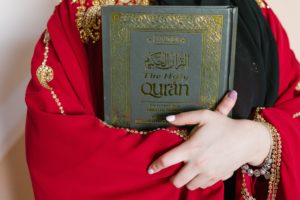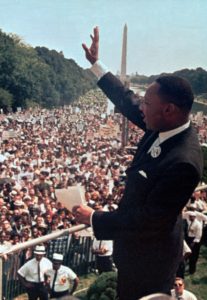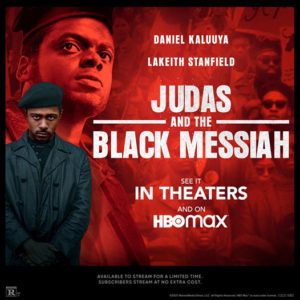DNGR Advocating to Decriminalize Naturally Occurring Entheogens
Press Release June 9, 2021
For Immediate Release:
Decriminalize Nature Grand Rapids (DNGR) aims to educate the Greater Grand Rapids community about the therapeutic potential, history of indigenous use, and approaches to safe and responsible use of entheogenic plants and fungi. These include psilocybin mushrooms, Iboga, mescaline-containing cacti, and ayahuasca.
Research from several reputable medical and/or scientific institutions, such as The Johns Hopkins University and the US Food & Drug Administration have demonstrated that compounds in entheogenic plants and fungi can be significantly more effective than existing therapies in treating depression, end-of-life anxiety, substance use disorders, and other ailments. Because of these health benefits, DNGR is part of a movement of cities across the country seeking to decriminalize natural plant and fungi medicines.
The education and advocacy organization has recently begun meeting with city officials to discuss a resolution decriminalizing these plants. The resolution is similar to resolutions passed in other cities (of note, Ann Arbor, MI) and hopes to pass this resolution via the approval of the Grand Rapids City Commission. Kurt Reppart, Commissioner in Ward I, is leading the effort on the City Commission.
“According to the U.S. Center for Disease Control and Prevention1, Grand Rapids residents’ rate of depression is over twenty percent. At the same time, The Food and Drug Administration has granted psilocybin (found in entheogenic mushrooms) a ‘breakthrough therapy’ because of its success in treating depression. The time to explore alternative community health approaches to effectively treat depression has come,” says Chad Beyer, one of the founders of Decriminalize Nature Grand Rapids.
Grand Rapids is poised to become a leader in this movement to improve the health and well-being of its residents.
For more information, contact Chad Beyer, Co-founder of Decriminalize Nature Grand Rapids, at email hidden; JavaScript is required or visit https://www.decrimnaturegr.org/.
Endnotes
1 Centers for Disease Control and Prevention, National Center for Chronic Disease Prevention and Health Promotion, Division of Population Health. BRFSS Prevalence & Trends Data [online]. 2015. [accessed Mar 13, 2021]. URL: https://www.cdc.gov/brfss/brfssprevalence/.


